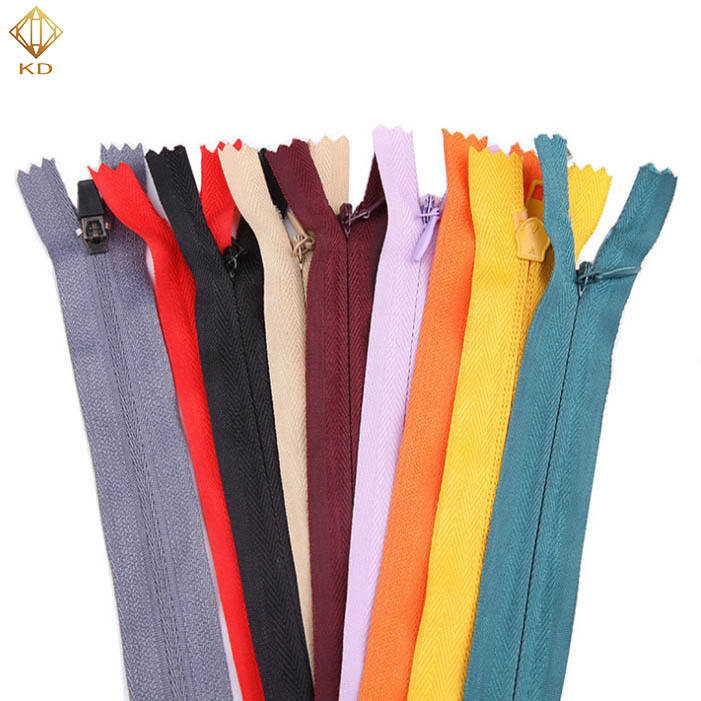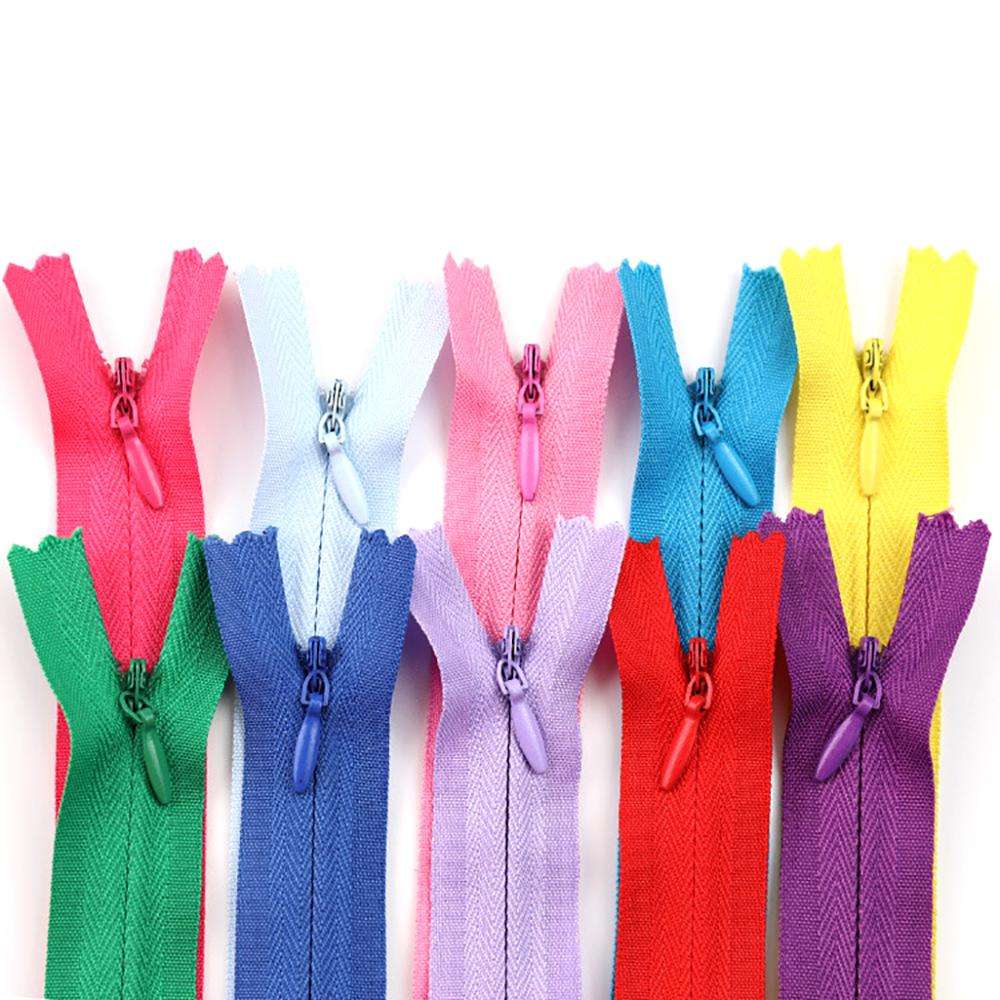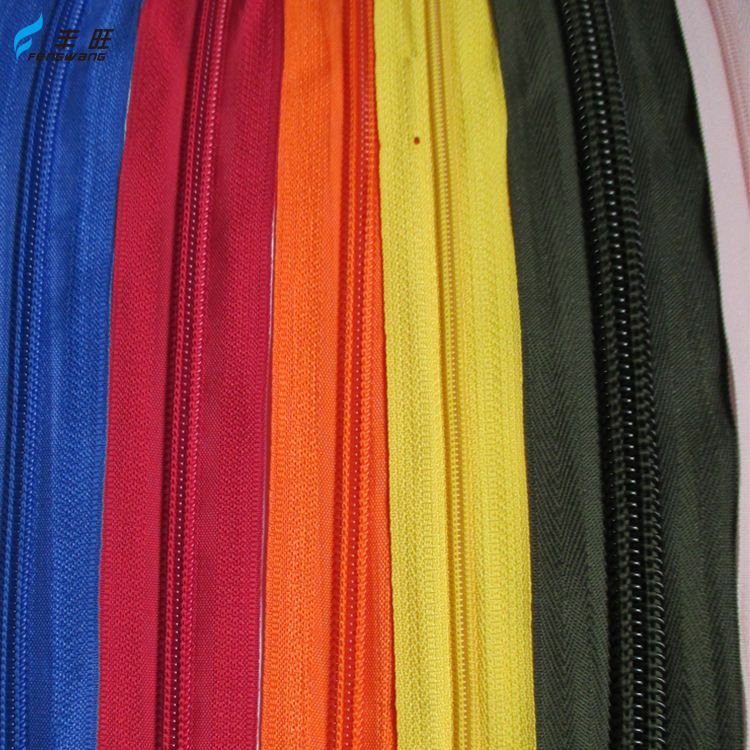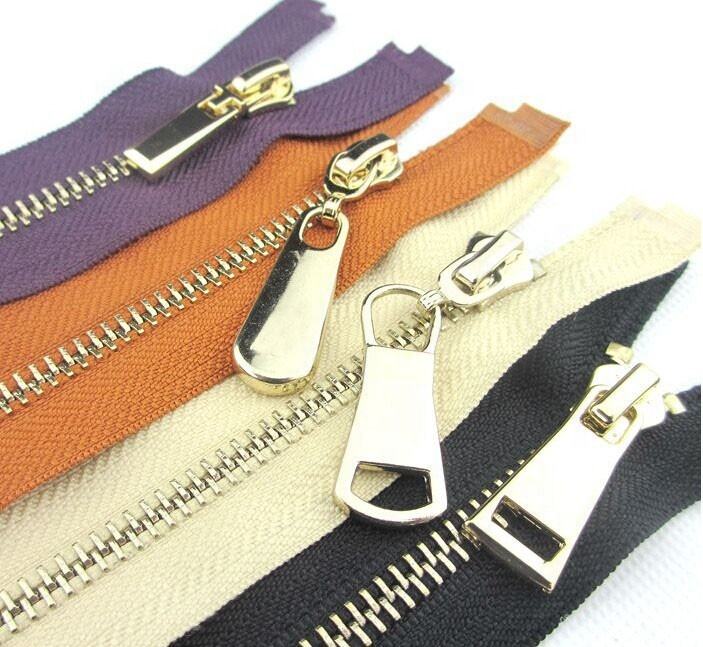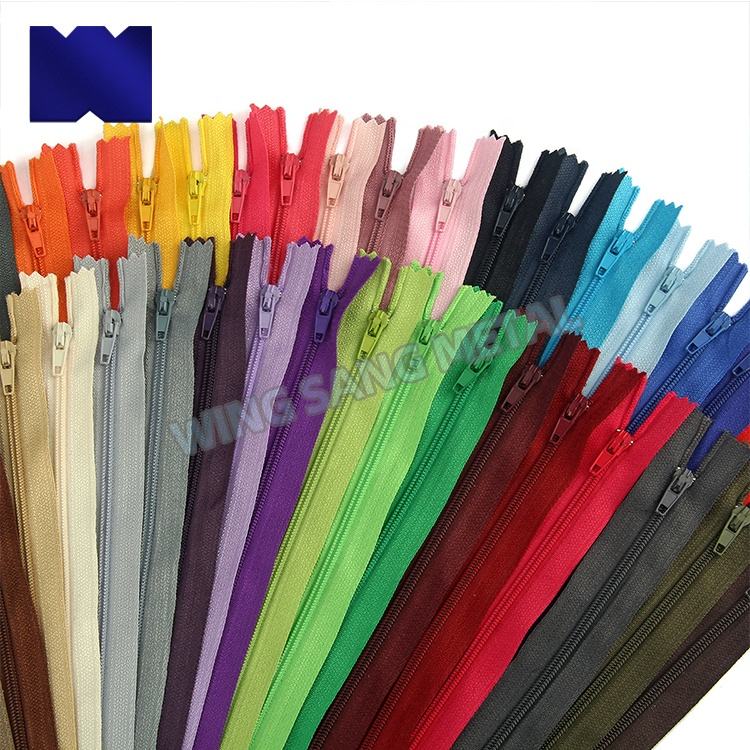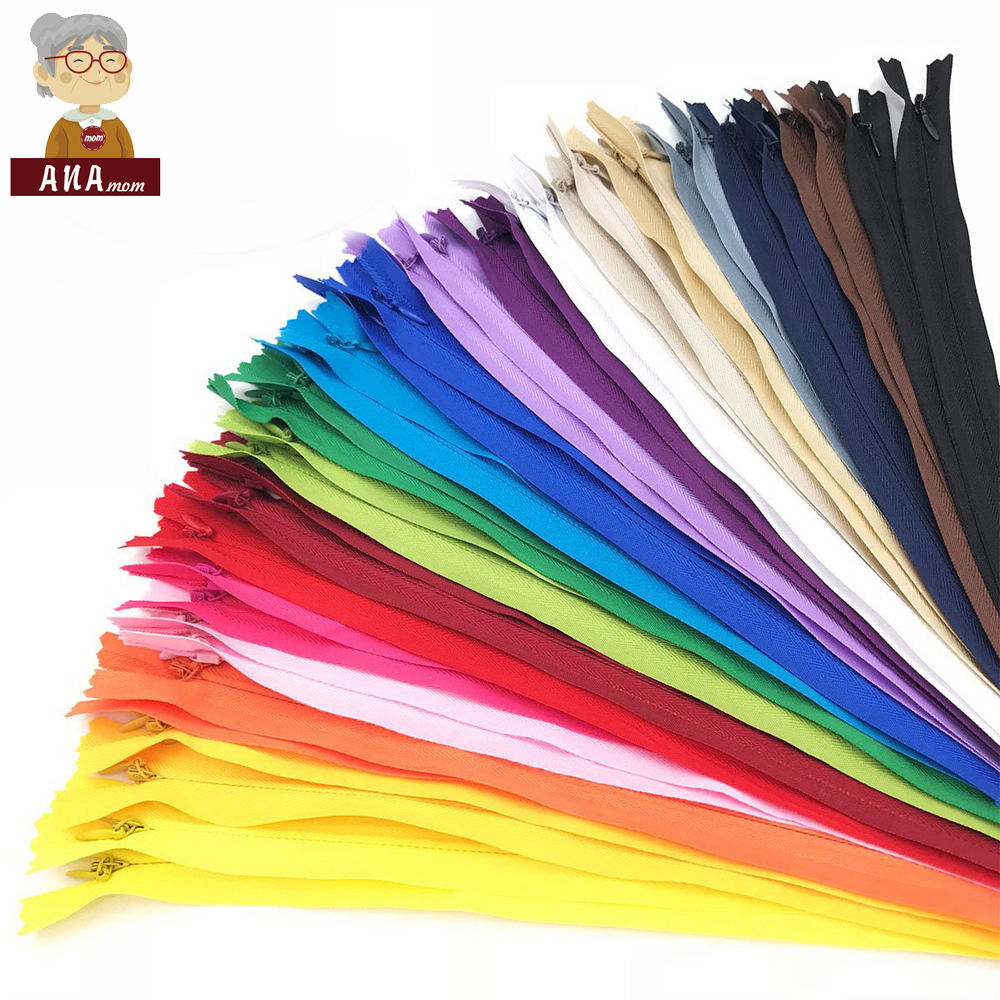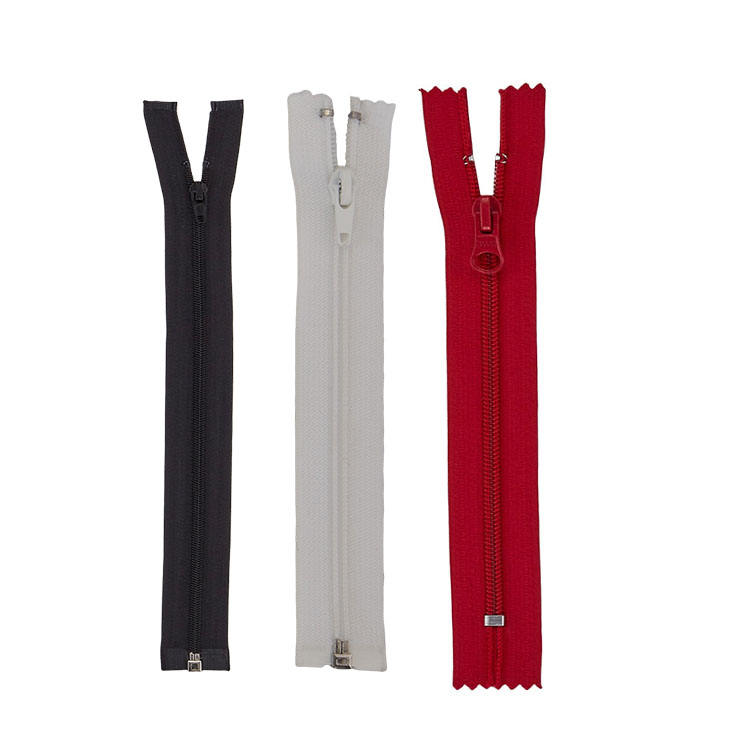REVOLUTIONIZING CLOTHING SINCE 2017
Our in-house making zippers can be widely used in Garment , Shoes, Bags, Luggage and Home Textile etc.
Eco-friendly and Sustainable prducts have been in our supply list since 2017;
The Intricate Mechanics of the Zipper
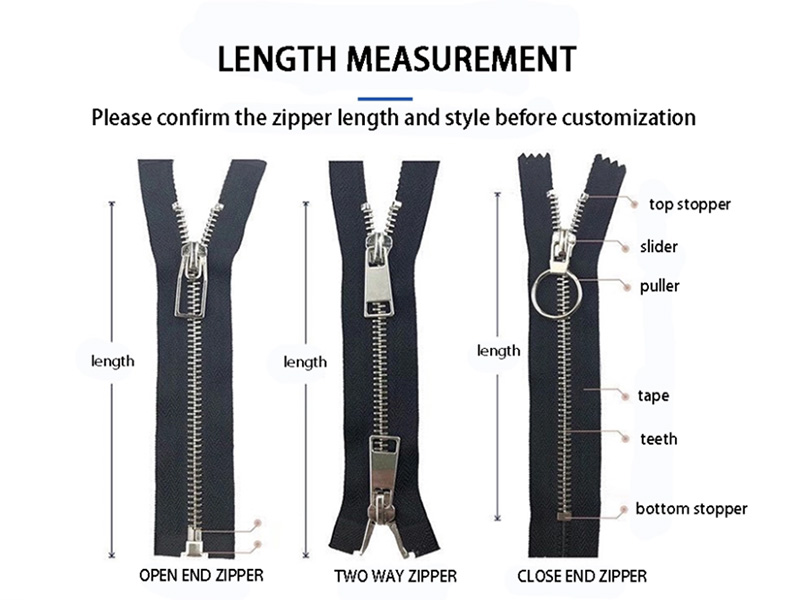
In this article, we delve into the fascinating mechanisms behind one of the most commonly used items in everyday life: the zipper. This unsung hero of our wardrobes and luggage has a far more complex structure than one might imagine, which we will break down in easy-to-understand terms. Our comprehensive guide covers everything from the basic operation of a zipper to its diverse types and key components.
Table of Contents
The Basics of a Zipper
The zipper, colloquially known as a “zip,” is a remarkable device that consists of two opposing rows of teeth. These teeth interlock when the device is “closed” and separate when it is “open.” The transformation between these states is facilitated by a small component called a “slider,” which moves along the rows of teeth. A Y-shaped channel within the slider either meshes the teeth together or separates them, depending on the slider’s direction. The slight bend created by the slider as it moves along opens up the necessary space for the opposite teeth to slide into place.
The primary function of a zipper is to unite two pieces of material, such as cloth, leather, or plastic, to operate as a singular unit. This functionality is evident in everyday items such as sports sacks, wallets, and purses, which utilize zippers to open and close.
Types of Zippers
While there are numerous zipper variants, they can essentially be classified into two fundamental categories:
- Zippers that open only at one end, commonly found on items like suitcases, briefcases, sports bags, and shoes.
- Zippers that open and close at both ends, utilized in garments like jackets, blouses, vests, and professional work attire.
Key Components of a Zipper
Although both types of zippers share many common parts, zippers that open and close at both ends feature some unique components. Here, we outline the crucial elements of these dual-operation zippers:
- Top tape extension: This is the fabric portion of the zipper that extends beyond the two chains of teeth. It is used to affix the zipper to the item being opened and closed.
- Slider: The V-shaped component through which the two rows of teeth pass to lock and unlock, or open and close, the zipper.
- Top stops: These two pieces, affixed to the zipper’s top end, prevent the slider from disengaging from the chain.
- Pull tab (puller): This part of the slider is used by the user to move the slider back and forth, thus opening and closing the zipper.
- Tape width: This is the width of the fabric on both sides of the zipper that attaches it to clothing or other objects.
- Chain (zipper teeth): This continuous piece is formed when the two halves of the zipper mesh together, essentially when the zipper is closed.
- Bottom stop: This device, affixed to the zipper’s bottom end, prevents spontaneous opening.
- Bottom tape extension: This is the fabric part of the zipper that extends beyond the teeth at the chain’s bottom.
- Insertion pin: On an open zipper, this small piece extends at the bottom of one row of teeth and is inserted into the bottom stop so that the two rows of teeth will join when the zipper is pulled up to close. It also ensures that the two rows of teeth will fully separate when the zipper is down to open.
- Retainer box (pin box): This device at the bottom of the zipper correctly aligns the pin, making it easier and smoother to close the open zipper.
- Reinforcement film: This plastic strip fused to each half of the zipper allows the zipper to be electronically ‘welded’ onto a garment or other item, bypassing the need for laborious, time-consuming sewing or stitching.
Note: The terms “bottom” and “top” might be a bit misleading. They imply a vertical orientation, but a zipper can be used in any direction鈥攙ertical, horizontal, or oblique. Generally, “bottom” refers to the end where the pull tab is located when the device is open, and “top” indicates the end where the pull tab is situated when the device is closed.
Conclusion
In conclusion, the humble zipper is a product of meticulous design and engineering, offering us simplicity and convenience in our daily lives. Next time you zip up your jacket or open your bag, spare a thought for the intricate mechanics at work in this marvel of utility.




